Following on from the growing success of the diminutive Ami, which is tailored more towards personal, urban travel, Citroën has now revealed a more family oriented choice in the form of the Oli.
Sustainable, “affordable” mobility are the foundations upon which the Ami was conceived, and the Oli looks set to continue that climate conscious motto. It features a 100 percent recycled body, which equates to a vehicle that is sustainable and environmentally friendly throughout every stage of its entire life cycle.
The seats, for instance, are manufactured using 80 percent fewer components than that of a conventional seat, and are created using an eco-friendly polymerization of reused materials and a ‘mesh’ backrest template - resulting in an increased amount of natural light within the vehicle. The seats can also be personalised when ordered, so the Oli’s interior can be moulded to your taste.
Citroën says the Oli will house a 40kWh battery, allowing for a claimed range of up to 248 miles, while rapid charging can allow for a 20-80 percent charge in 23 minutes. A top speed of 68mph - which is limited to maximise efficiency - is also quoted. Other technical details remain unknown for the time being.
However, we do know that the Oli is ‘Vehicle to Grid’ (V2G) compatible. That means it can store surplus energy from home solar panels that can consequently be sold back to energy providers - aiding them during the peak demand hours of the day.
‘Vehicle to Load’ (V2L) capabilities are also available in the Oli, which essentially allows the vehicle to act as a mobile power source using a 3.6kW output power socket via its 40kWh battery; meaning it can “theoretically” power the equivalent of a 3000w electrical device for up to 12 hours.
Moving on to the bodywork, the Oli’s completely flat bonnet, roof and rear ‘pick-up bed’ sections were created from recycled cardboard and turned into a ‘honeycomb sandwich structure’, before being placed between fibreglass panels.
This results in the body panels weighing 50 percent less than comparable steel designs, with Citroën even claiming that the roof is so strong that an adult can stand on it without it breaking.
Either side of the roof panel are rails, where customers can secure family holiday embellishments like bike racks and roof boxes for outdoor, adventure-lifestyle activities.
For the bumpers, Citroën’s design partner, Omnium, devised a ‘mono material’ idea to create them using PolyPropylene: a material that is equally as strong as it is light. Each central bumper will also contain a tow hook that is masked by triangle-shaped infra-red ‘handles’.
The infra-red colour is also being sported across other sections of the Oli, such as the windscreen, to create a new ‘signature’ look for Citroën to employ on future models.
The wheel arches are created using a robust, recycled plastic protector with a horizontal top, and cocoons a set of purpose-built Eagle Go 20-inch tyres provided by Goodyear. They supposedly save 6kg of weight from the entire vehicle, as they are 15 percent lighter than the equivalent steelies.
It’s claimed that Goodyear has set a target life of up to 310,000 miles for the tyres, with the tread itself being made from renewable materials like sunflower oil and rice husk ash silica, in addition to pine tree resins.
Inside the Oli, you’ll find that the conventional dashboard, containing several screens, has been ditched for a lone symmetrical ‘beam’ that runs the length of the dashboard, and it also plays host to the steering rack, a smartphone station and five individual switches for the various climate control settings. Additional features include USB sockets, and two direct air vents for each of the front two passengers.
Rear passengers will also be able to charge their phones and tablets via additional USB sockets, with the inclusion of cup holders and magazine nets, as well as a small folding tray for on the go eating.
Its boot utilises a pick-up styled removable bed panel, which expands from 679mm to 1050mm once the rear screen glass has been opened. Auxiliary storage spaces can also be found along the sidewalls to enable secure, private storage.
The Oli also showcases Citroën’s future goals of reducing vehicle weight and size dimensions. By using recyclable materials and sustainable production methods, the French brand aims to offer “inexpensive yet desirable zero-emissions vehicles that meet multiple lifestyles”.
Vincent Cobée, CEO of Citroën, elaborated: “A typical mid-70s family car weighed around 800kg and was 3.7 m long and 1.6m wide. Today’s equivalents have grown to more than 1200kg, at least 4.3 m long and 1.8m wide. Some even weigh more than 2500kg.
“Legal and safety requirements have driven some of this, but if the trend continues and we carry on parking these vehicles 95% of each day and driving 80% of journeys with a single occupant, the conflict between the need to protect our planet and the future promise of sustainable, electrified mobility will not easily be resolved.
“Citroën believes electrification should not mean extortion, and being eco-conscious should not be punitive by restricting our mobility or making vehicles less rewarding to live with. We need to reverse the trends by making them lighter and less expensive and find inventive ways to maximise usage.”
The idea behind the Oli is to create a "circular" economy, so that a vehicle can be fabricated to serve more than one life cycle, with more than one owner. It can be refurbished with new colours, and individual parts can be recycled and redeployed to help reduce our carbon footprint.
Since this is merely a concept for now, Citroën has yet to hint at whether it will actually go into production, or how much it would cost. But if the success of the Ami is anything to go by, the demand for the Oli could be just as high - if not more.
Citroën Oli concept revealed: a multipurpose family-focussed mobility choice of the future
It’s made entirely from recycled materials, and with a claimed range of 248 miles, looks set to play the elder sibling role to the Ami

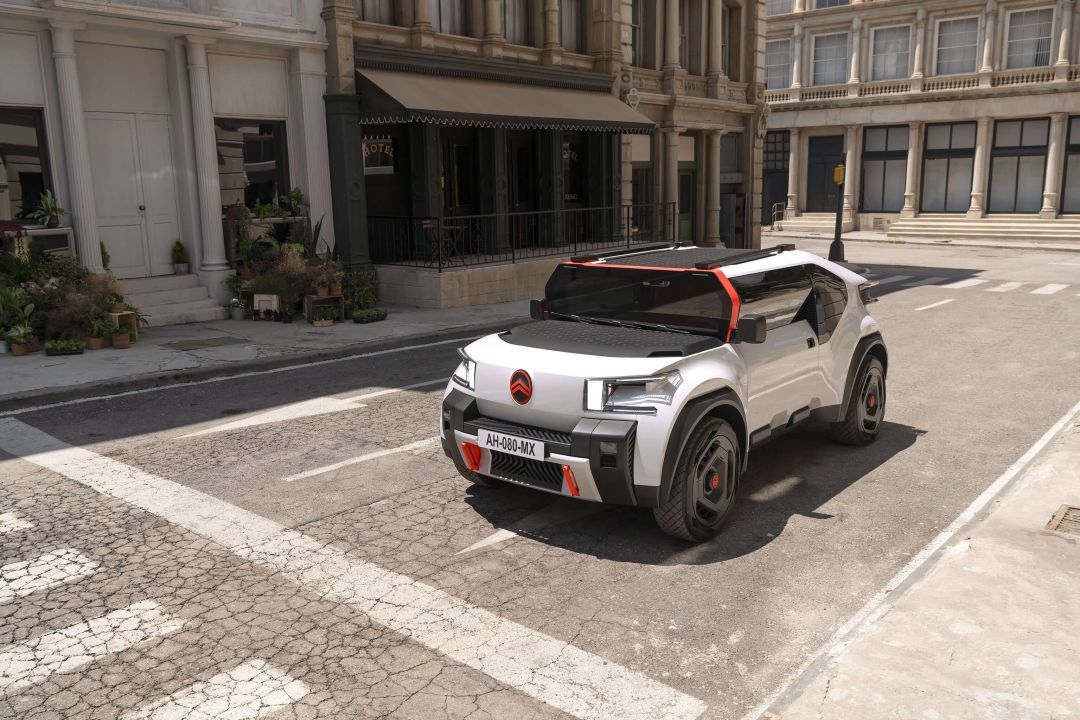
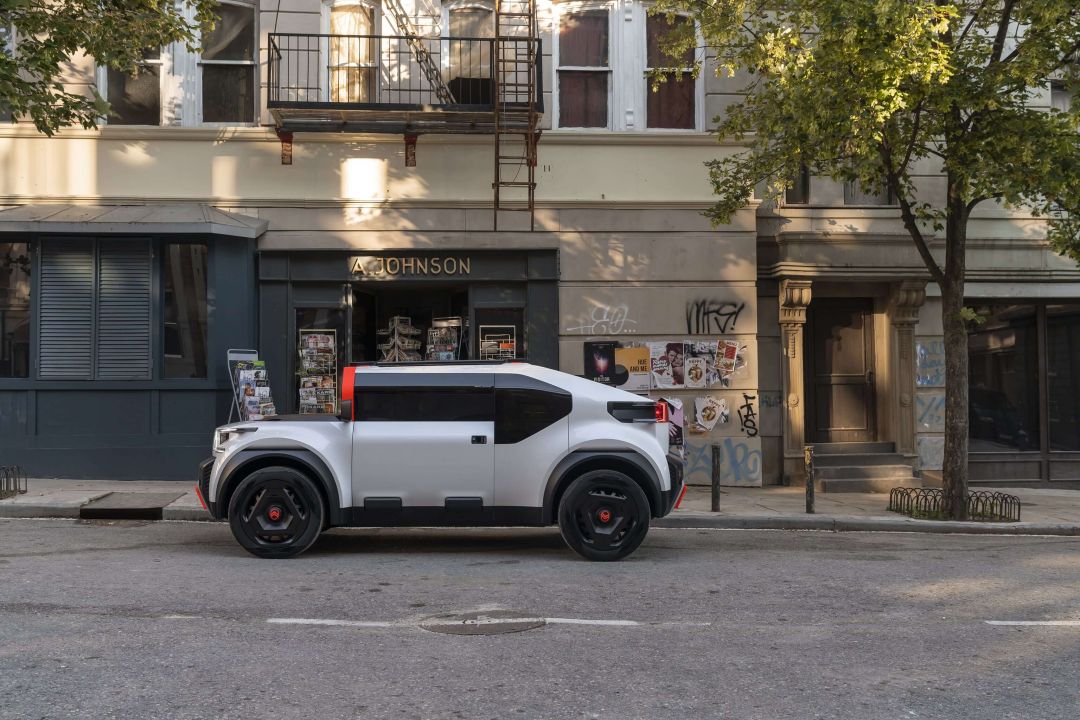
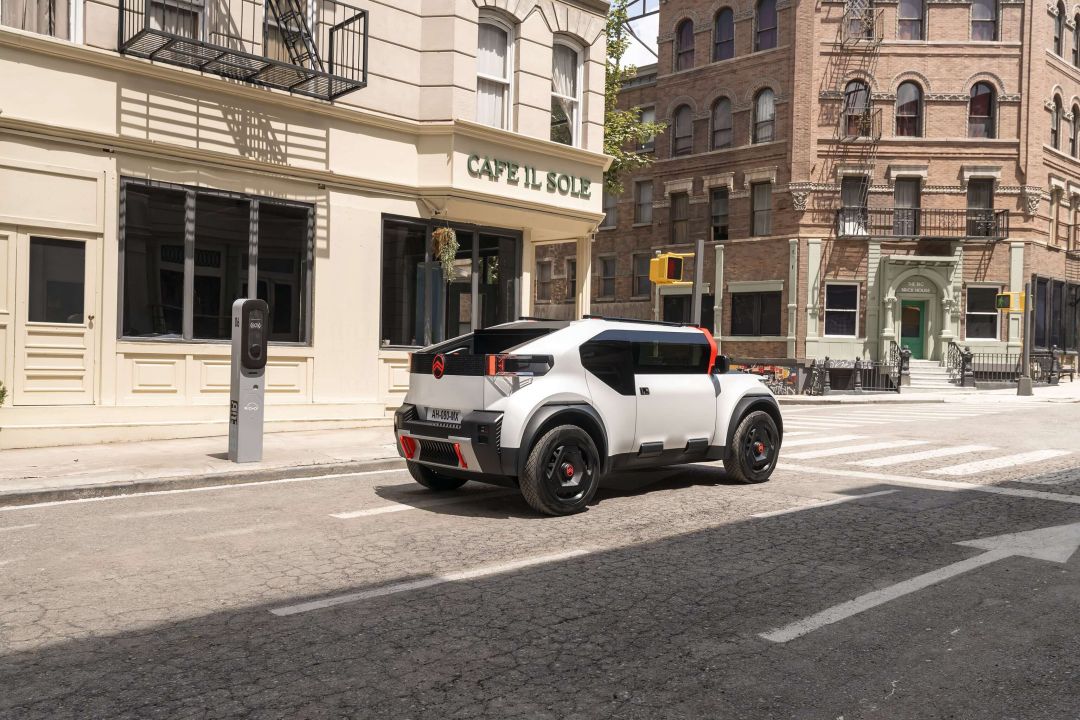
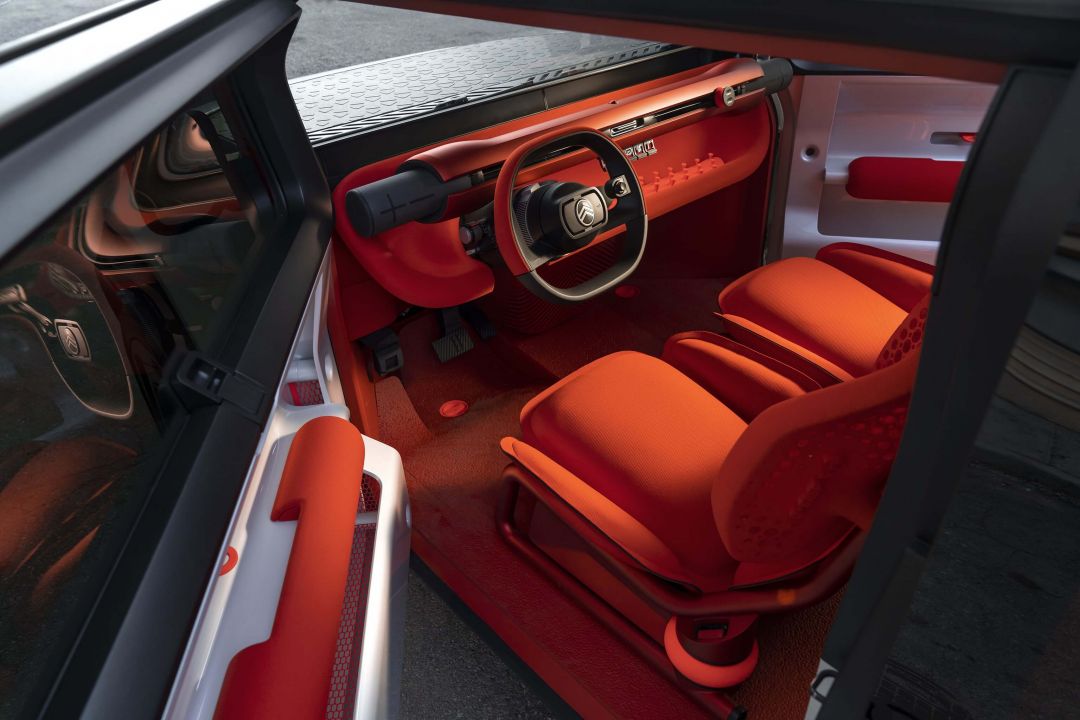
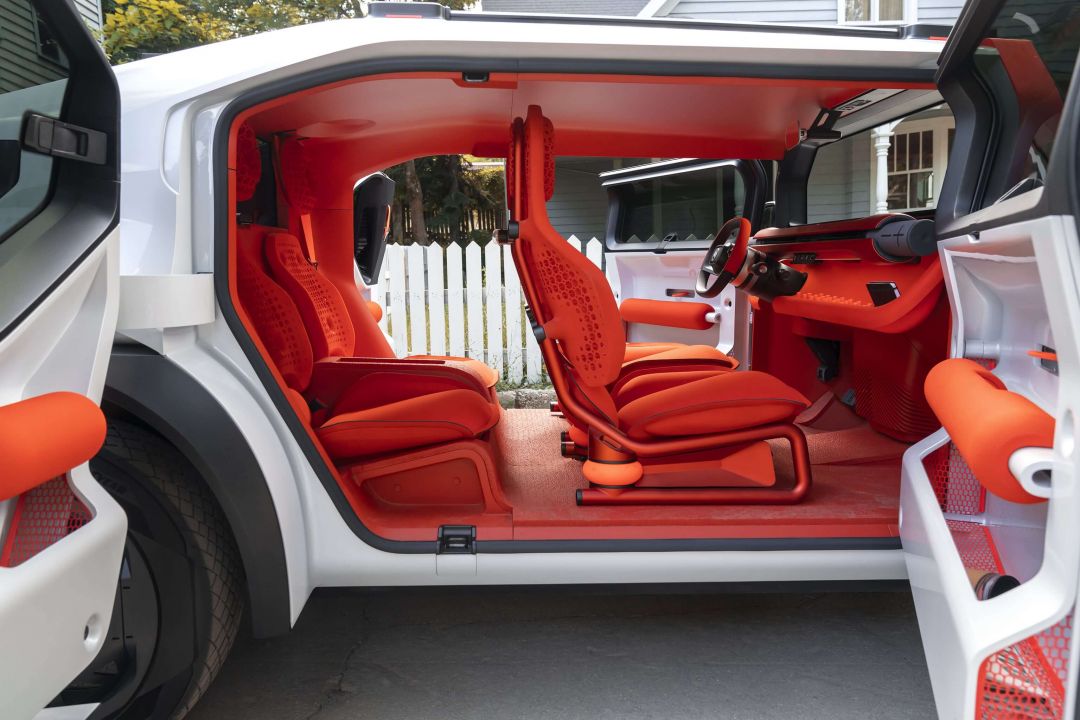
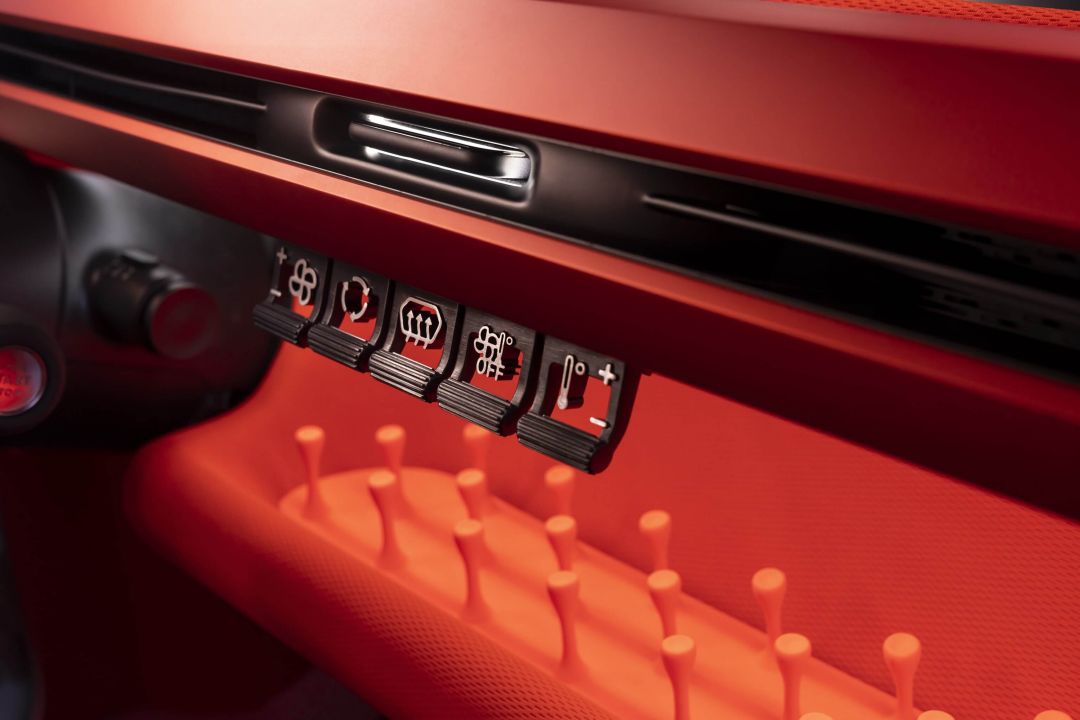

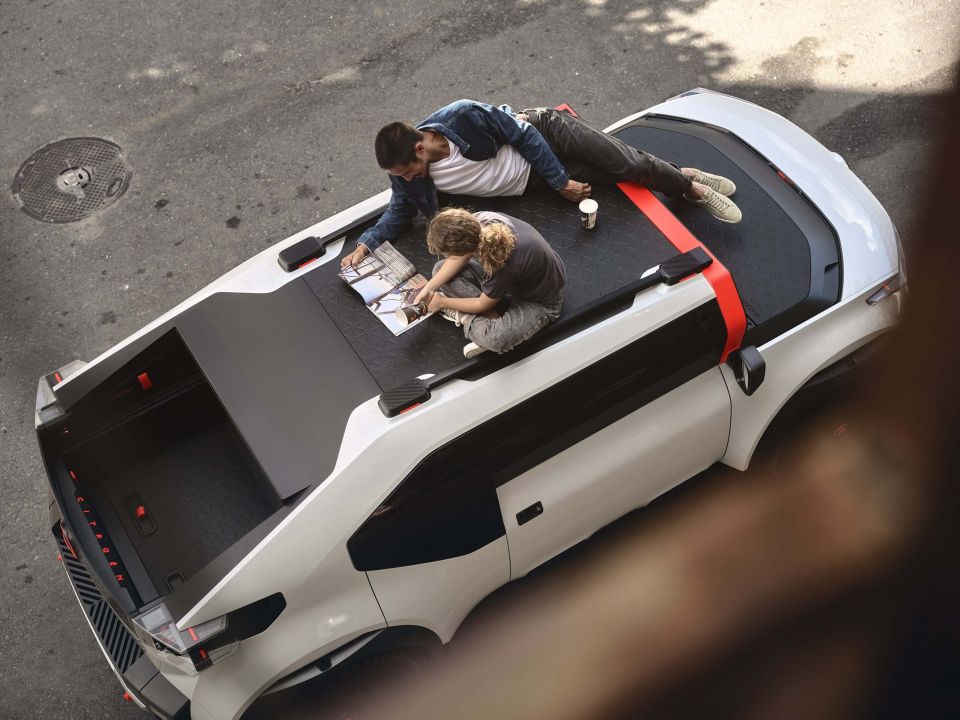
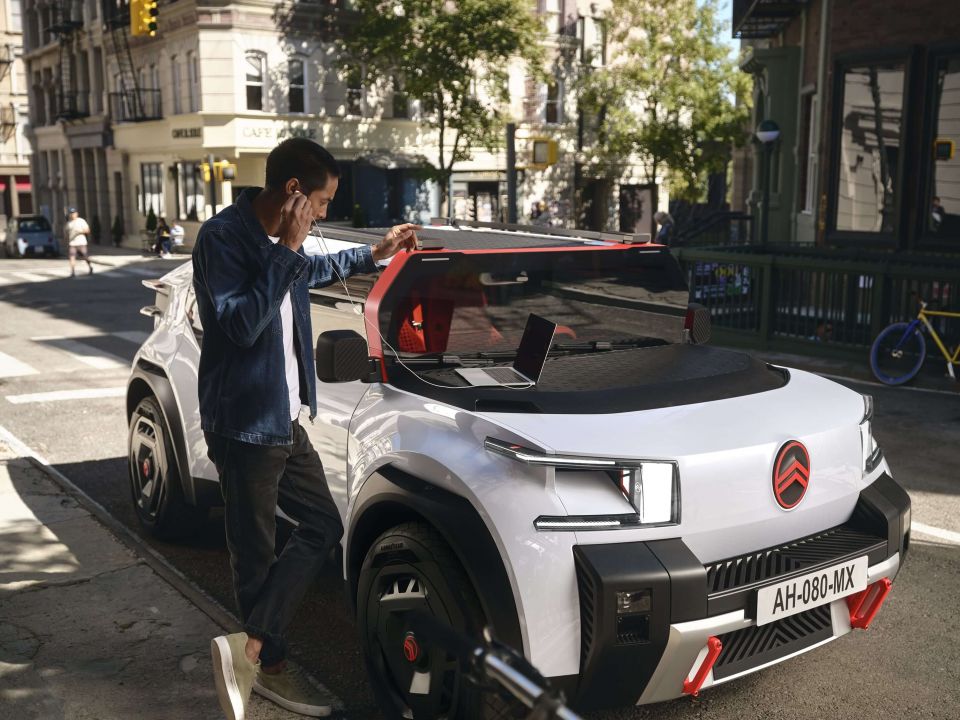
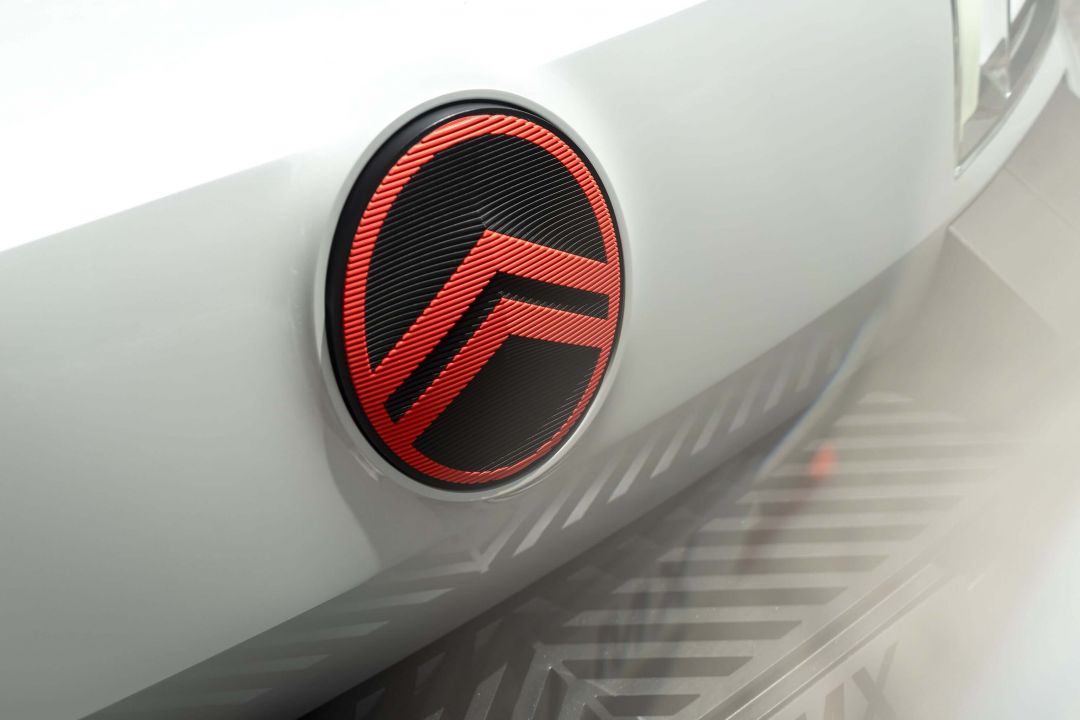
Loading Conversation
